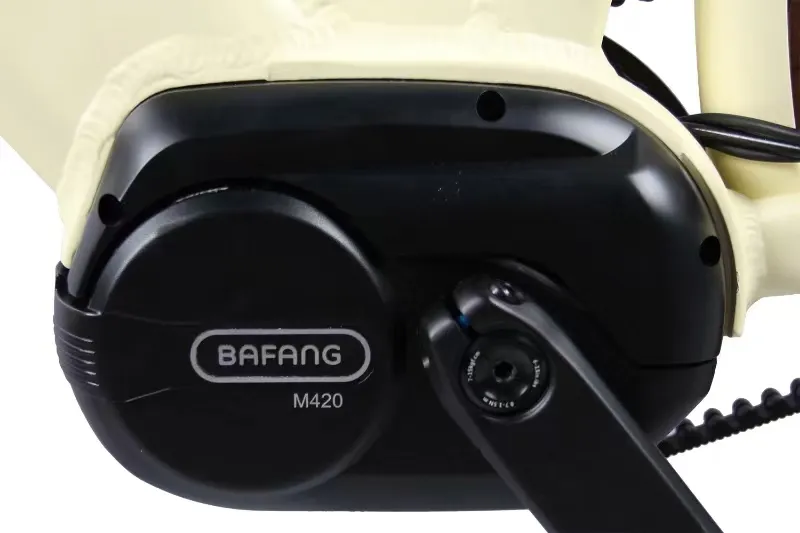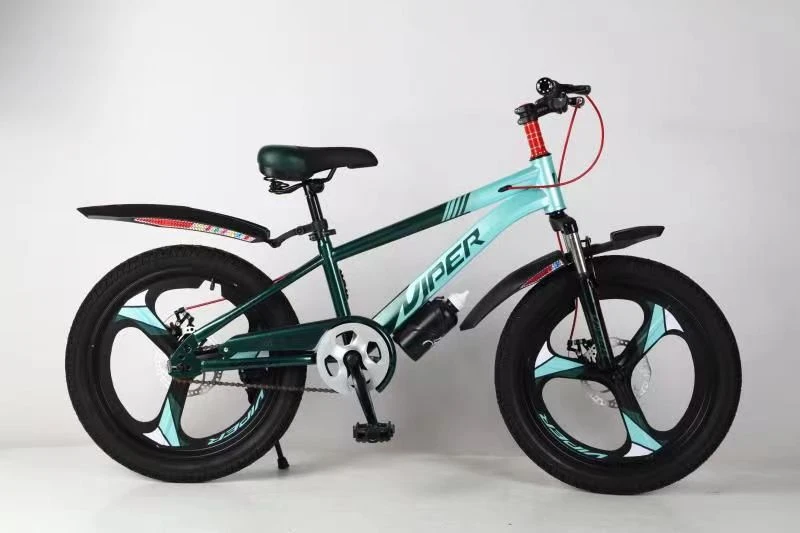
- Afrikaans
- Albanian
- Amharic
- Arabic
- Armenian
- Azerbaijani
- Basque
- Belarusian
- Bengali
- Bosnian
- Bulgarian
- Catalan
- Cebuano
- Corsican
- Croatian
- Czech
- Danish
- Dutch
- English
- Esperanto
- Estonian
- Finnish
- French
- Frisian
- Galician
- Georgian
- German
- Greek
- Gujarati
- Haitian Creole
- hausa
- hawaiian
- Hebrew
- Hindi
- Miao
- Hungarian
- Icelandic
- igbo
- Indonesian
- irish
- Italian
- Japanese
- Javanese
- Kannada
- kazakh
- Khmer
- Rwandese
- Korean
- Kurdish
- Kyrgyz
- Lao
- Latin
- Latvian
- Lithuanian
- Luxembourgish
- Macedonian
- Malgashi
- Malay
- Malayalam
- Maltese
- Maori
- Marathi
- Mongolian
- Myanmar
- Nepali
- Norwegian
- Norwegian
- Occitan
- Pashto
- Persian
- Polish
- Portuguese
- Punjabi
- Romanian
- Russian
- Samoan
- Scottish Gaelic
- Serbian
- Sesotho
- Shona
- Sindhi
- Sinhala
- Slovak
- Slovenian
- Somali
- Spanish
- Sundanese
- Swahili
- Swedish
- Tagalog
- Tajik
- Tamil
- Tatar
- Telugu
- Thai
- Turkish
- Turkmen
- Ukrainian
- Urdu
- Uighur
- Uzbek
- Vietnamese
- Welsh
- Bantu
- Yiddish
- Yoruba
- Zulu
Feb . 16, 2025 00:34 Back to list
27.5/29 "Color-Changing Carbon Fiber Mountain Bike 12 Variable Speed Mountain Bike Dirt Bike
Choosing the perfect mountain bike for kids is a journey that combines the thrill of adventure with the need for safety and comfort. As children develop their passion for biking, selecting the right equipment becomes crucial in fostering an enjoyable and safe experience. This article offers insights rooted in experience, expertise, authoritativeness, and trustworthiness to guide parents and guardians through the decision-making process.
Customization and fit are also key to ensuring a positive biking experience. A bike that fits well is imperative—when seated on the saddle, a child should be able to touch the ground with the balls of their feet. Adjustable seat posts and handlebars are invaluable, providing the flexibility to tweak the bike as the child grows, ensuring prolonged usability and value for money. Given the rigorous demands of mountain biking, durability is another aspect not to overlook. High-quality materials in the frame, such as aluminum or carbon, are preferable due to their strength-to-weight ratio. Investing in a durable bike reduces the need for frequent repairs and replacements, allowing more time on the trails with less downtime. Beyond the physical aspects of the bike, emphasizing education and preparedness enhances both the joy and safety of the sport. Encourage kids to wear protective gear, including helmets, gloves, and knee pads. Providing them with basic bike maintenance skills, such as fixing flat tires and adjusting brakes, fosters independence and responsibility. Finally, choosing reputable brands with a track record of safety and quality can further alleviate concerns. Brands that specialize in children's bikes are often attuned to the specific needs and ergonomic considerations of young riders. Customer reviews and expert ratings can serve as a testament to the bike's quality and performance on real-world mountain trails. In conclusion, selecting the optimal mountain bike for kids involves a harmonious blend of size, safety features, durability, and adaptability. Prioritizing these elements ensures that children not only enjoy adventurous rides but also gain skills and confidence that fuel a lifelong love for biking. By investing in the right bike, parents set the stage for countless memorable adventures on the trails, fostering a healthy, engaging, and exciting pastime for their young ones.


Customization and fit are also key to ensuring a positive biking experience. A bike that fits well is imperative—when seated on the saddle, a child should be able to touch the ground with the balls of their feet. Adjustable seat posts and handlebars are invaluable, providing the flexibility to tweak the bike as the child grows, ensuring prolonged usability and value for money. Given the rigorous demands of mountain biking, durability is another aspect not to overlook. High-quality materials in the frame, such as aluminum or carbon, are preferable due to their strength-to-weight ratio. Investing in a durable bike reduces the need for frequent repairs and replacements, allowing more time on the trails with less downtime. Beyond the physical aspects of the bike, emphasizing education and preparedness enhances both the joy and safety of the sport. Encourage kids to wear protective gear, including helmets, gloves, and knee pads. Providing them with basic bike maintenance skills, such as fixing flat tires and adjusting brakes, fosters independence and responsibility. Finally, choosing reputable brands with a track record of safety and quality can further alleviate concerns. Brands that specialize in children's bikes are often attuned to the specific needs and ergonomic considerations of young riders. Customer reviews and expert ratings can serve as a testament to the bike's quality and performance on real-world mountain trails. In conclusion, selecting the optimal mountain bike for kids involves a harmonious blend of size, safety features, durability, and adaptability. Prioritizing these elements ensures that children not only enjoy adventurous rides but also gain skills and confidence that fuel a lifelong love for biking. By investing in the right bike, parents set the stage for countless memorable adventures on the trails, fostering a healthy, engaging, and exciting pastime for their young ones.
Latest news
-
The Ultimate Kids' Four-Wheeler Experience
NewsJul.09,2025
-
The Ultimate Guide to Mountain Bikes: Gear Up for Your Ride
NewsJul.09,2025
-
The New Age of Cycling: Electric Bikes for Every Rider
NewsJul.09,2025
-
The Best Kids Bicycles: Ride in Style and Safety
NewsJul.09,2025
-
The Best 3-Wheel Scooters for Kids: Fun, Safety, and Adventure
NewsJul.09,2025
-
Revolutionize Your Ride: Affordable Electric Bikes
NewsJul.09,2025
-
Finding the Perfect Mountain Bike for Every Rider
NewsJul.09,2025



